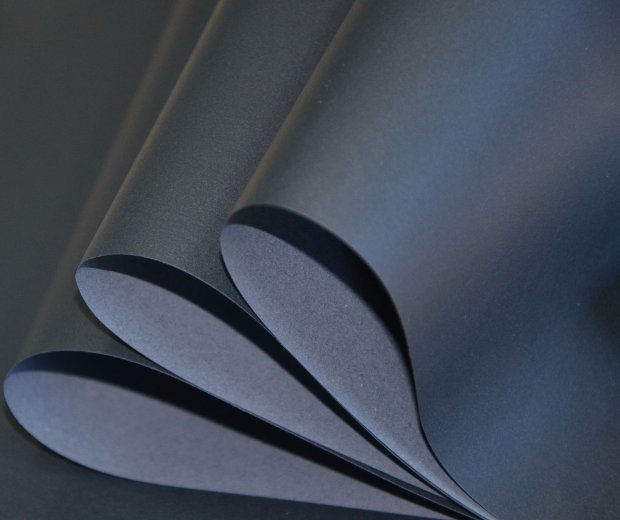The Transformation of a Piece of Paper
In daily life, paper packaging can be seen everywhere. From express delivery boxes to gift boxes, they silently protect the goods. So, how does a piece of paper complete the transformation from raw materials to exquisite packaging? Let’s find out.
First is the selection of raw materials. The main raw materials for paper packaging are woods such as pine and birch. Their long and tough fibers can ensure the quality of the paper. At the same time, recycled waste paper is also an important source. After treatment, it can achieve the recycling of resources. In addition, natural materials such as straw and bamboo pulp are gradually being widely used, endowing the packaging with new environmental protection characteristics. For those interested in “custom paper bags for business”, understanding these raw materials is the first step towards creating unique and sustainable packaging solutions.
Then comes the pulping process. Taking wood as an example, it is first cut into wood chips and then decomposed by chemical or mechanical methods. In chemical pulping, chemicals such as caustic soda are used to dissolve lignin and extract pure cellulose fibers, which is suitable for producing high-grade paper. Mechanical pulping, on the other hand, grinds the wood into fibers through physical means. It has a lower cost but slightly inferior quality. Recycled waste paper needs to be sorted to remove impurities first, and then be restored to usable pulp through processes such as shredding and deinking. This process is crucial for the production of “eco – friendly cardboard boxes”, which are highly sought after in the market.
After pulping is completed, it’s time for papermaking. The pulp is purified and beaten to adjust the state of the fibers, and then the transformation is completed on the paper machine. The pulp is evenly distributed in the headbox, dewatered in the wire section to form a wet paper web, and the water is removed through pressing and drying. According to the needs, sizing and coating treatments can also be carried out to enhance the performance of the paper and the printing effect. These steps contribute to making high – quality paper suitable for “printed paper food packaging”, which is essential for the food industry.
After the paper is formed, it enters the printing stage. Common printing processes include offset printing, flexographic printing, gravure printing, and screen printing. Offset printing has delicate colors and is suitable for exquisite patterns. Flexographic printing is fast and has a low cost, and it is often used for corrugated cardboard boxes. Gravure printing has a high color saturation and is suitable for high-grade packaging. Screen printing can achieve special three-dimensional effects. Different printing techniques play a key role in creating eye – catching “handmade paper packaging boxes”, which are popular among consumers looking for unique products.
Finally, there are post-press processing and quality inspection. The paper is cut and creased through die-cutting and scoring, making it easy to fold and form. Then, it is folded and bonded to make the packaging. To improve protection and aesthetics, treatments such as lamination and hot stamping will also be carried out. After the production is completed, strict quality inspection is essential to ensure that the indicators such as the size, printing, and strength of the packaging meet the standards. Only qualified products can be put into use. All these processes are necessary to create reliable “custom printed paper bags”, which are in high demand in various industries.
From raw materials to the final product, a piece of paper goes through many processes, completing a gorgeous transformation, providing protection and display for goods, and playing an important role in modern life.

